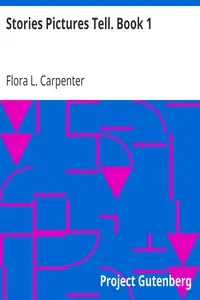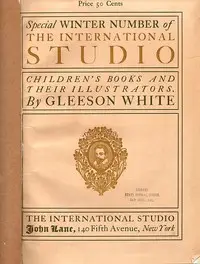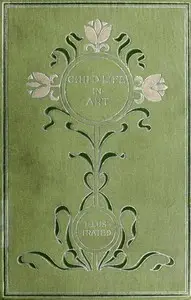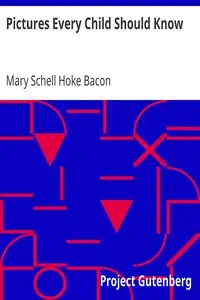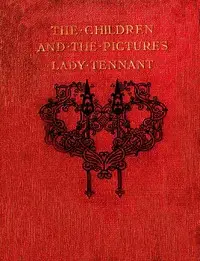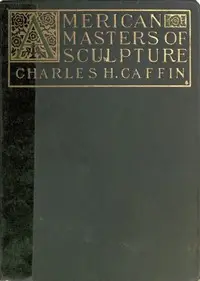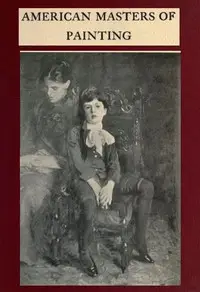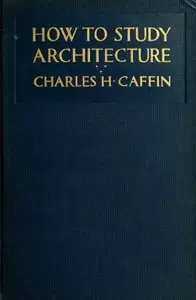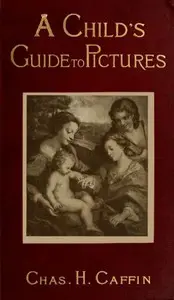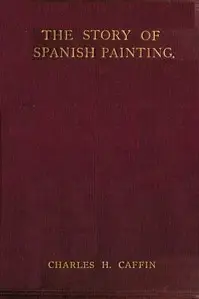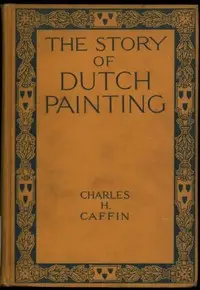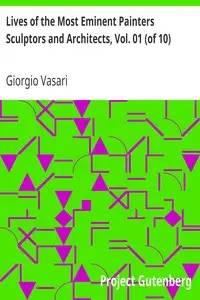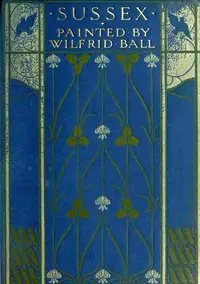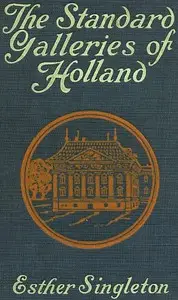"A Child's Guide to Pictures" by Charles H. Caffin is an early 20th-century book that guides children on a journey to truly appreciate art. It highlights that understanding and loving art begins with feeling its beauty, not just knowing facts about it. The author encourages young readers to see the connection between beauty, nature, and how artists show their ideas. He shares stories of his own experiences, showing how a simple feeling of beauty can grow into a deeper understanding over time. He stresses that by building an emotional connection to beauty, children can discover and enjoy the art they find in paintings and the world around them. The book gently introduces ideas like how artists make choices, arrange elements, and create emotional effects, all to help young readers understand and love visual beauty.

A Child's Guide to Pictures
By Charles H. (Charles Henry) Caffin
Embark on a journey where emotions unlock the secrets of paintings, revealing the beauty that connects art, nature, and youthful wonder.
Summary
About the AuthorCharles Henry Caffin was an Anglo-American writer and art critic, born in Sittingbourne, Kent, England. After graduating from Magdalen College, Oxford, in 1876, with a broad background in culture and aesthetics, he engaged in scholastic and theatrical work. In 1888, he married Caroline Scurfield, a British actress and writer. They had two children, daughters Donna and Freda Caffin. In 1892, he moved to the United States. He worked in the decoration department of the Chicago Exposition, and after moving to New York City in 1897, he was the art critic of Harper's Weekly, the New York Evening Post, the New York Sun (1901–04), the International Studio, and the New York American. His publications are of a popular rather than a scholarly character, but he was an important early if equivocal advocate of modern art in America. His writings were suggestive and stimulating to laymen and encouraged interest in many fields of art. One of his last books, Art for Life's Sake (1913), described his philosophy, which argued that the arts must be seen as "an integral part of life....[not] an orchid-like parasite on life" or a specialized or elite indulgence. He also argued strenuously for art education in American elementary schools and high schools and was a frequent lecturer.
Charles Henry Caffin was an Anglo-American writer and art critic, born in Sittingbourne, Kent, England. After graduating from Magdalen College, Oxford, in 1876, with a broad background in culture and aesthetics, he engaged in scholastic and theatrical work. In 1888, he married Caroline Scurfield, a British actress and writer. They had two children, daughters Donna and Freda Caffin. In 1892, he moved to the United States. He worked in the decoration department of the Chicago Exposition, and after moving to New York City in 1897, he was the art critic of Harper's Weekly, the New York Evening Post, the New York Sun (1901–04), the International Studio, and the New York American. His publications are of a popular rather than a scholarly character, but he was an important early if equivocal advocate of modern art in America. His writings were suggestive and stimulating to laymen and encouraged interest in many fields of art. One of his last books, Art for Life's Sake (1913), described his philosophy, which argued that the arts must be seen as "an integral part of life....[not] an orchid-like parasite on life" or a specialized or elite indulgence. He also argued strenuously for art education in American elementary schools and high schools and was a frequent lecturer.

